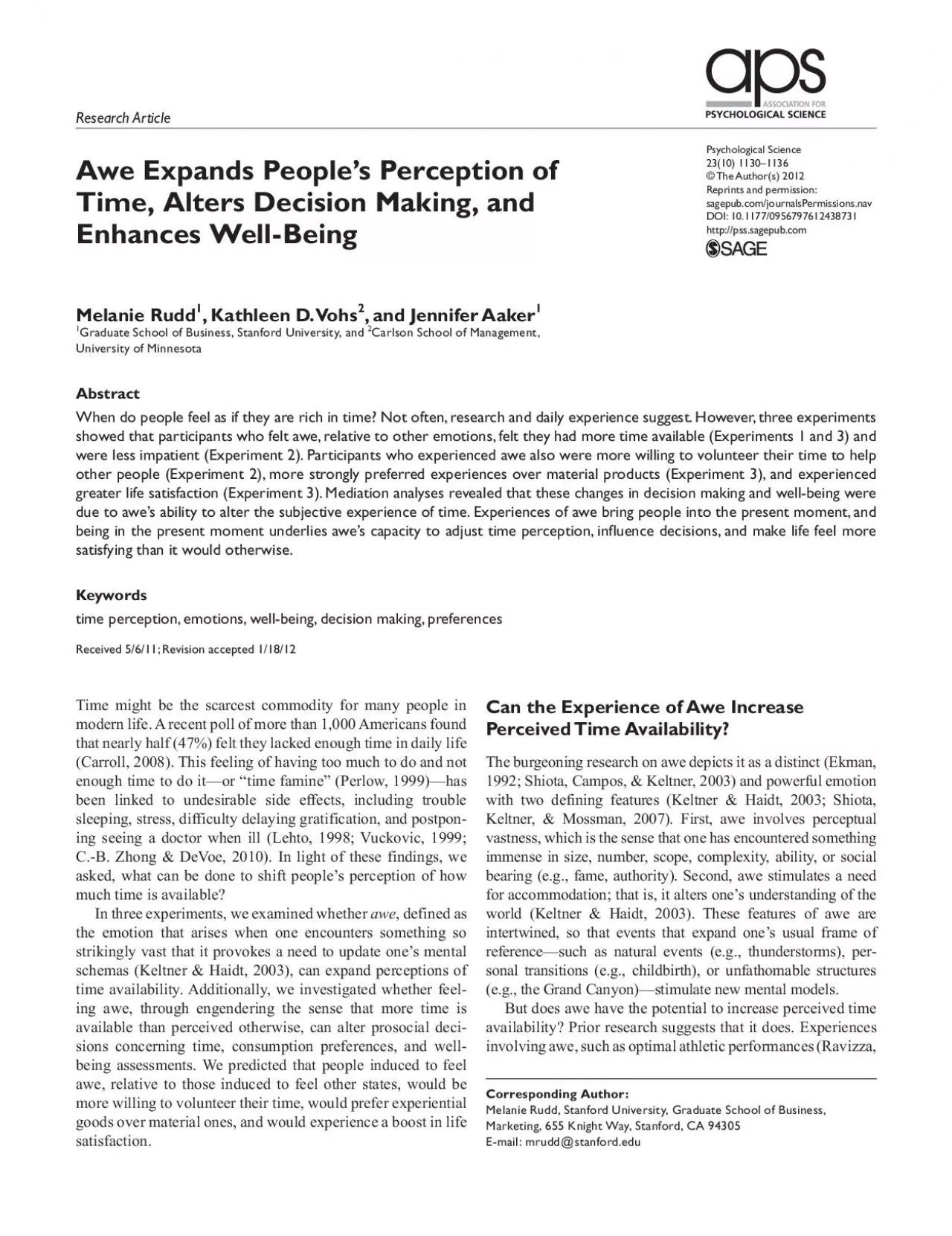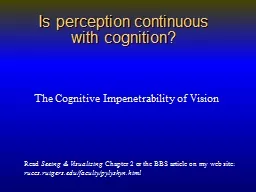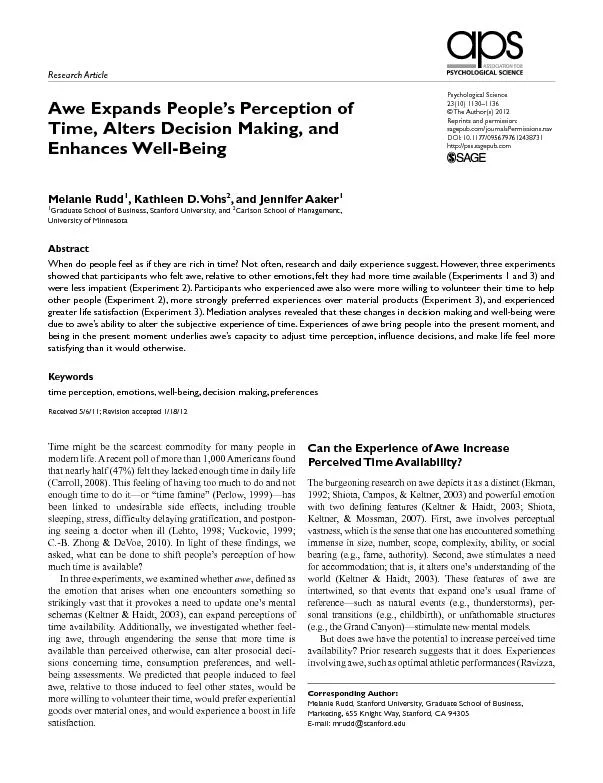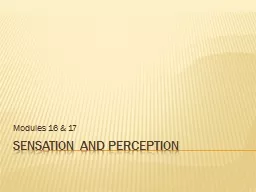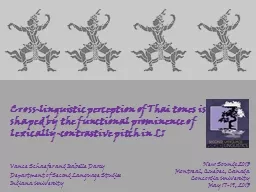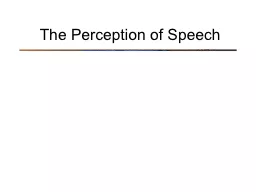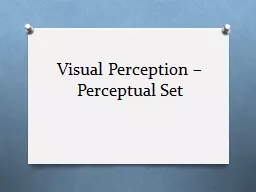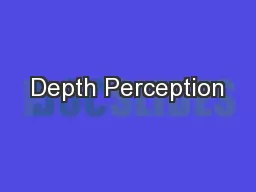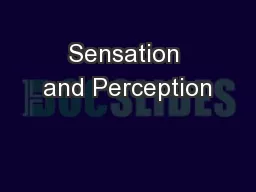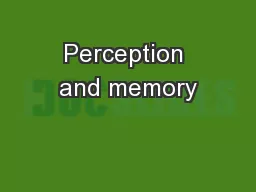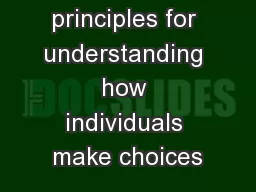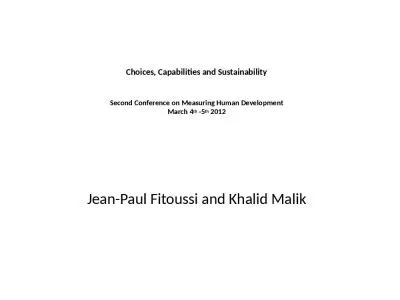PDF-Second time perception affects choices that people make about how to l
Author : taylor | Published Date : 2021-09-25
first of three surveys they were given a sentenceunscrambling task Srull Wyer 1979 involving 12 sets of words Each set consisted of five words eg not available enough
Presentation Embed Code
Download Presentation
Download Presentation The PPT/PDF document "Second time perception affects choices t..." is the property of its rightful owner. Permission is granted to download and print the materials on this website for personal, non-commercial use only, and to display it on your personal computer provided you do not modify the materials and that you retain all copyright notices contained in the materials. By downloading content from our website, you accept the terms of this agreement.
Second time perception affects choices that people make about how to l: Transcript
Download Rules Of Document
"Second time perception affects choices that people make about how to l"The content belongs to its owner. You may download and print it for personal use, without modification, and keep all copyright notices. By downloading, you agree to these terms.
Related Documents

